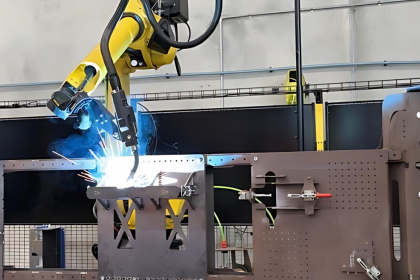Material selection plays a crucial role in determining the overall cost of a bending project. Here are several ways in which the choice of materials can influence costs:
1. Material Type and Cost
Different materials come with varying price tags, which directly affects the project's budget. For instance, aluminum and stainless steel are typically more expensive than mild steel. While these materials may offer superior performance characteristics, their higher costs can significantly impact the overall project expenses. Selecting a material that balances cost and performance is essential for controlling budgets.
2. Mechanical Properties
The mechanical properties of materials, such as tensile strength, ductility, and hardness, influence the bending process. Materials with high ductility, like aluminum, are easier to bend without defects, potentially reducing labor and tooling costs. Conversely, materials with low ductility may require specialized equipment and techniques to prevent cracking during bending, leading to increased costs.
3. Formability and Bend Rating
The formability of a material—its ability to be bent without breaking—is critical in bending projects. Materials with high bend ratings can be processed more efficiently, reducing machining time and associated labor costs. Understanding the bend rating of materials helps in selecting those that will minimize production time and costs.
4. Surface Finish Requirements
The desired surface finish can also affect material selection and costs. Higher-quality finishes typically require additional processing steps or treatments that can increase overall expenses. For example, if a project requires a polished finish on stainless steel, this will necessitate extra machining processes compared to a standard finish on mild steel.
5. Weight Considerations
In applications where weight is a critical factor—such as in aerospace or automotive industries—selecting lightweight materials can lead to cost savings in transportation and structural support requirements. However, these materials often come at a premium price, so careful consideration is needed to balance weight savings with material costs.
6. Customization and Complexity
Custom designs often require specific materials that can handle unique bending requirements or tolerances. This customization can lead to higher costs due to the need for specialized tooling and longer production times. Choosing standard materials that meet project specifications can help mitigate these additional expenses.
Conclusion
In summary, material selection is a pivotal factor influencing the cost of bending projects. It impacts not only the initial material costs but also the efficiency of the bending process, labor requirements, and overall project budget. By carefully evaluating material properties, costs, and project requirements, manufacturers can make informed decisions that optimize both performance and budgetary constraints.





